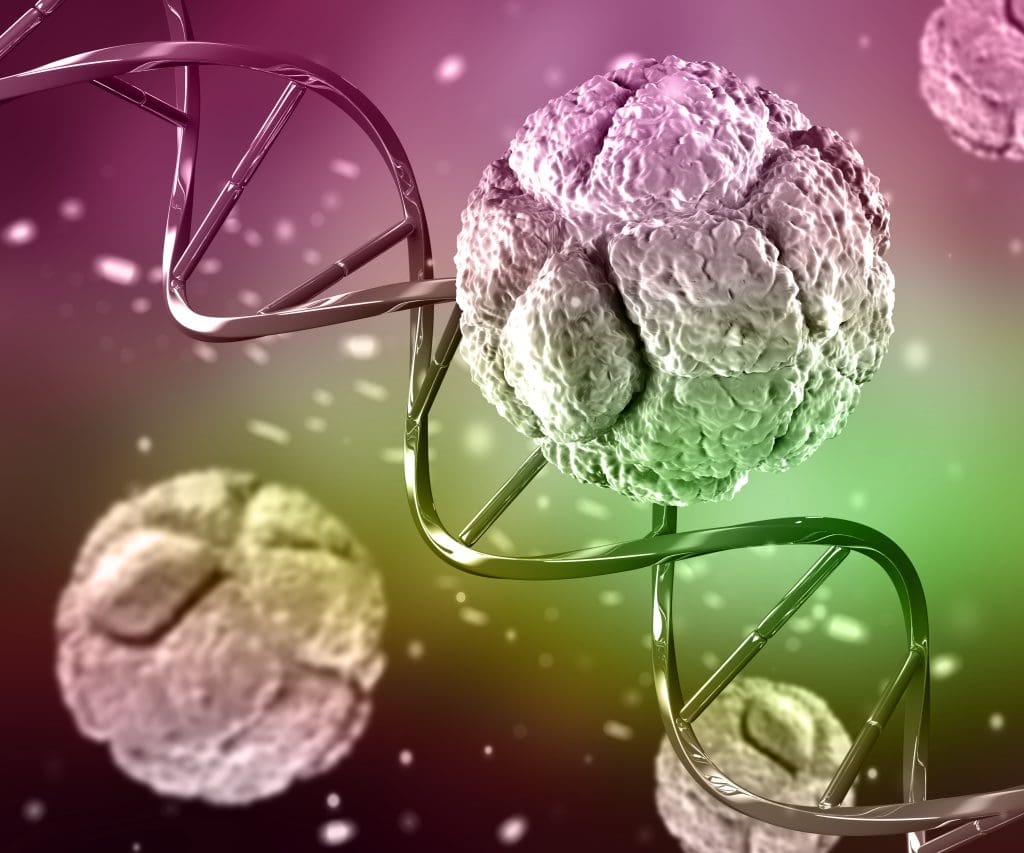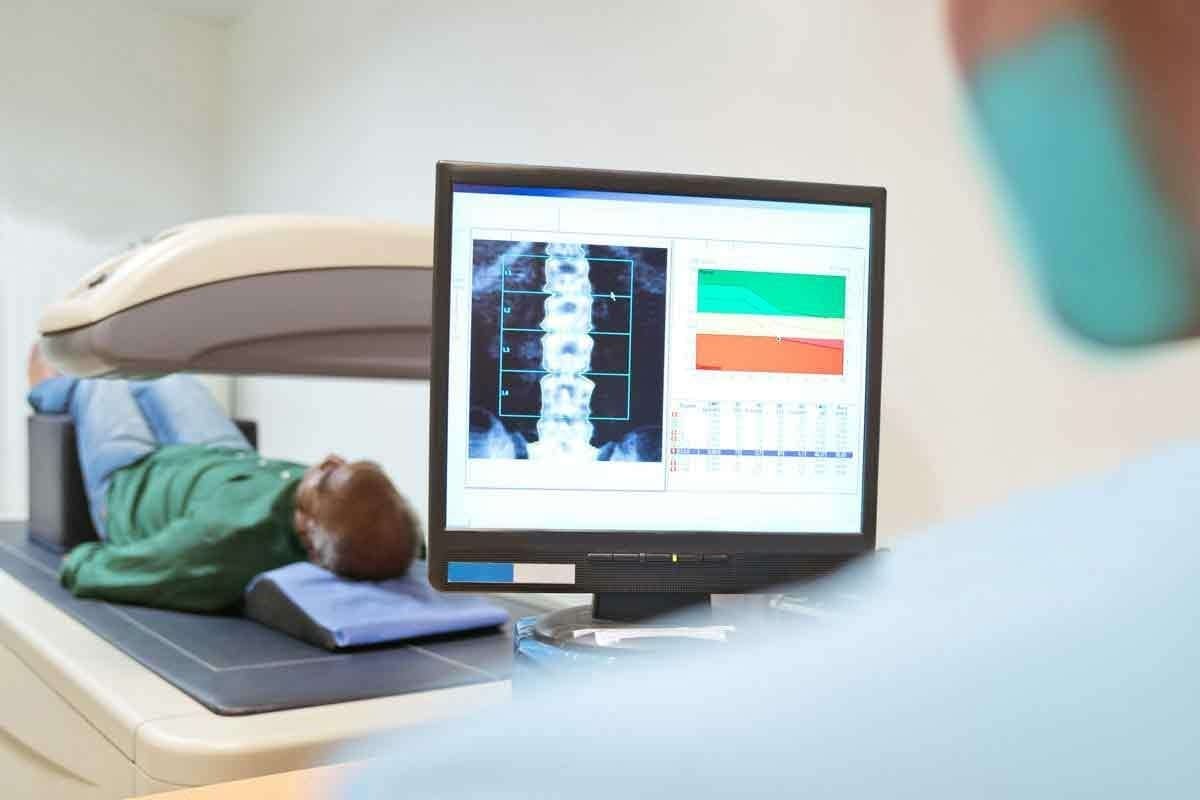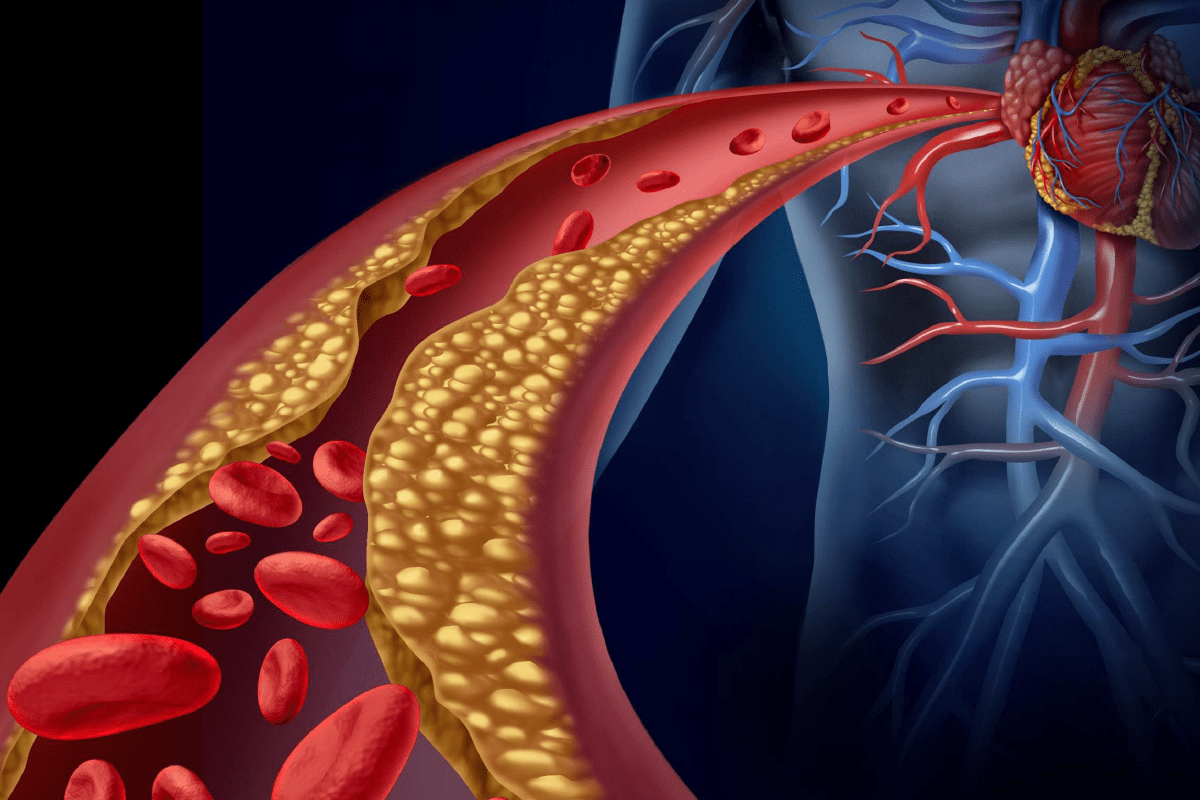Last Updated on September 18, 2025 by Hozen
most curable cancers
Did you know some cancers have almost a 100% survival rate if caught early? Thanks to new medical tech and treatments, more people are beating cancer. This gives hope to patients and their families.
Some cancers, like thyroid, prostate, and testicular cancer, are very treatable. This is true when they’re found early. How curable cancer is depends a lot on the type and when it’s found. Knowing what affects curability and what treatments are out there can help those facing cancer.
Key Takeaways
- Certain cancers have high survival rates when detected early.
- Advances in medical technology improve cancer treatment outcomes.
- Thyroid, prostate, and testicular cancers are highly treatable.
- Early detection is key for effective cancer treatment.
- Cancer curability depends on the type and stage at diagnosis.
Understanding Cancer Curability

To understand if a cancer is curable, we need to look into oncology and treatment outcomes. The term “100% curable” means cancers have a high survival rate if caught early.
What “100% Curable” Actually Means in Oncology
In oncology, “100% curable” means cancers have a high chance of being cured if treated quickly. This is true for cancers caught early. For example, some skin cancers and testicular cancers are very curable if found early.
The Difference Between Cure, Remission, and Survival Rates
Cure, remission, and survival rates talk about cancer treatment results. A cure means the cancer is gone for good. Remission means the cancer is controlled but might come back. Survival rates show how many people live with a certain cancer for a certain time.
How Doctors Determine Curability
Doctors figure out if a cancer is curable by looking at several things. They check the stage of cancer at diagnosis, the type of cancer cells, and the patient’s overall health. New diagnostic tools and treatments help decide if a cure is possible. Knowing these helps patients and doctors make the best treatment choices.
The Most Curable Cancers: A Guide
most curable cancer
Knowing which cancers are most curable can give hope to those facing a diagnosis. Cancers with high survival rates often have traits that make them easier to treat.
Defining Characteristics of Highly Curable Cancers
Cancers that are highly curable grow slowly and respond well to treatment. They are usually caught early, making them easier to manage.
Key characteristics include:
- Slow growth rates
- Responsiveness to treatment
- Early detection
A leading oncologist notes, “The curability of cancer is tied to its biological traits and early detection.” This shows why screening and early action are key.
The Role of Early Detection in Curability
Early detection is vital for cancer curability. Early detection means treatment can start sooner, leading to better results.
A study on cancer survival rates found early detection greatly improves treatment success. The table below shows how early detection boosts survival rates for different cancers.
| Cancer Type | Early Detection Survival Rate | Late Detection Survival Rate |
| Breast Cancer | 90% | 50% |
| Testicular Cancer | 95% | 70% |
| Thyroid Cancer | 97% | 60% |
Survival Statistics and What They Mean
Survival statistics offer insights into treatment success for various cancers. These stats are often five-year survival rates, showing the percentage of patients alive five years post-diagnosis.
“Survival statistics are not just numbers; they represent people’s lives and the progress we’ve made in cancer treatment,” said a cancer research advocate.
Grasping survival statistics helps patients and their families make informed care choices.
Skin Cancers with Near 100% Cure Rates
Early detection is key to treating skin cancers. This makes them some of the most treatable cancers. Basal cell carcinoma, squamous cell carcinoma, and melanoma have high cure rates if caught early.
Basal Cell Carcinoma: The Most Common and Most Curable
Basal cell carcinoma is the most common skin cancer and very curable. It grows slowly and rarely spreads. This makes it easy to treat with surgery or creams.
Squamous Cell Carcinoma: Early Treatment Success
Squamous cell carcinoma is another common skin cancer. It can spread, but early treatment works well. This makes it a good candidate for cure if caught early.
Melanoma: Highly Curable When Caught Early
Melanoma is more aggressive but curable if caught early. New treatments have raised survival rates. This shows how important early detection is.
| Type of Skin Cancer | Cure Rate | Characteristics |
| Basal Cell Carcinoma | Near 100% | Slow-growing, rarely spreads |
| Squamous Cell Carcinoma | High | Can spread, but early treatment is effective |
| Melanoma | High when caught early | More aggressive, but early detection improves outcomes |
Early detection is key to treating these skin cancers effectively. Regular skin checks and awareness of risk factors can greatly improve cure rates.
Blood and Lymphatic Cancers with Excellent Prognosis
Blood and Lymphatic Cancers
Recent breakthroughs in oncology have changed how we treat blood and lymphatic cancers. This has led to higher survival rates. Medical research and treatment protocols have greatly improved for these cancers.
Hodgkin Lymphoma: A Success Story in Cancer Treatment
Hodgkin lymphoma is one of the most curable cancers, mainly when caught early. Modern treatments like chemotherapy and radiation have boosted the five-year survival rate to over 85%. Early detection and treatment are key for the best results.
Childhood Acute Lymphoblastic Leukemia (ALL)
Childhood ALL has seen big improvements in treatment outcomes. Today, the cure rate for childhood ALL is over 90%. Targeted therapies have been vital in raising survival rates by focusing on cancer cells while protecting healthy ones.
Testicular Cancer: High Cure Rates Even in Advanced Stages
Testicular cancer, though aggressive, has a high cure rate, even in late stages. The overall cure rate for testicular cancer is over 95%. This is thanks to effective treatments like surgery, chemotherapy, and radiation. Early detection is essential for the best outcomes.
| Cancer Type | Five-Year Survival Rate | Cure Rate |
| Hodgkin Lymphoma | 85% | 80-90% |
| Childhood ALL | 90% | 90%+ |
| Testicular Cancer | 95% | 95%+ |
Most Treatable Cancers of the Reproductive System
reproductive system cancers
The reproductive system can get several types of cancer. Some are very treatable if caught early. Thanks to new medical treatments, more people are living longer after being diagnosed.
Thyroid Cancer: Among the Most Survivable Cancers
Thyroid cancer is very treatable. Most people have a good chance of beating it. Early treatment and surgery are key to success. The five-year survival rate is over 97%, making it one of the best chances for recovery.
Prostate Cancer: High Survival Rates with Early Detection
Prostate cancer is also treatable if caught early. Tests like the PSA test help find it early. Treatment can be watching it closely, surgery, or radiation, depending on the cancer.
Breast Cancer: Stage 0 and Stage 1 Curability
Breast cancer is very curable at stages 0 and 1. New screening tools like mammograms help find it early. Treatments include surgery, radiation, and hormone therapy, leading to high survival rates. The five-year survival rate for early breast cancer is about 99%.
In summary, cancers like thyroid, prostate, and early-stage breast cancer are getting better to treat. Thanks to early detection and new treatments, more people are surviving. Knowing about these cancers and their treatments is key to better outcomes.
- Early Detection: Critical for improving survival rates.
- Advanced Treatments: Surgery, radiation, and hormone therapy are among the effective treatment options.
- Survival Rates: High survival rates are associated with thyroid, prostate, and early-stage breast cancers.
Factors That Influence Cancer Curability
Many important factors affect how curable cancer is. These factors impact treatment success and how well a patient will do. Knowing about these is key for both patients and doctors to make the best care choices.
Cancer Stage at Diagnosis
The cancer stage at diagnosis is very important. Early-stage cancers are easier to treat and have better cure rates. Early detection is key because it allows for less harsh and more effective treatments.
Cancer Cell Type and Genetics
The type of cancer cells and their genetics are also key. Some cancers respond better to treatment because of their genetics. For example, certain genetic changes make cancer cells more likely to be killed by targeted therapies.
Patient-Specific Factors
Factors unique to each patient also play a big role. These include age, overall health, and how well the immune system works.
Age and Overall Health
Younger patients with fewer health problems usually do better. This is because they are healthier and more resilient. Older patients or those with serious health issues may find it harder to recover from treatments.
Immune System Function
A strong immune system helps fight cancer. This makes immunotherapy more effective in some cases. The immune system’s ability to spot and attack cancer cells is a big factor in treatment success.
Access to Advanced Treatment Options
Having access to the latest treatments is also important. Patients who get to try new, advanced treatments often do better. This is because they get the newest medical advancements.
- Early detection and diagnosis improve treatment outcomes.
- Cancer cell type and genetics influence the effectiveness of treatments.
- Patient health and age are key in determining treatment success.
- Access to advanced treatments boosts the chance of successful outcomes.
By understanding these factors, patients and doctors can create the best treatment plans. This improves the chances of beating cancer.
Treatment Approaches for the Most Curable Cancers
Highly curable cancers are treated in many ways, from surgery to immunotherapy. The right treatment depends on the cancer type, stage, and the patient’s needs.
Surgical Interventions
Surgery is often the first step for many curable cancers. It aims to remove the tumor and any nearby tissue. Early-stage cancers have a better chance of being cured with surgery. For example, basal cell carcinoma, a skin cancer, is usually treated with surgery.
Radiation Therapy
Radiation therapy kills cancer cells with high-energy beams. It’s used for cancers that respond well to it, like Hodgkin lymphoma and some prostate cancer stages. It can be used alone or with other treatments like surgery or chemotherapy.
Chemotherapy Protocols
Chemotherapy uses drugs to kill cancer cells. It’s used for cancers that have spread or are advanced. Chemotherapy protocols differ based on the cancer type. For instance, childhood acute lymphoblastic leukemia (ALL) has effective chemotherapy plans.
Targeted Therapies and Immunotherapy
Targeted therapies attack specific cancer growth molecules. Immunotherapy uses the body’s immune system to fight cancer. These treatments are less toxic and more precise than traditional chemotherapy. Targeted therapies are for cancers with specific genetic changes, and immunotherapy is promising for many curable cancers.
Using these treatments together helps create a personalized plan for managing curable cancers. Knowing how each treatment works is key to the best patient results.
Challenging Cancers: Understanding the Hardest Cancers to Cure
Some cancers are tough for doctors to treat because they grow fast and have few treatment options. Even with new research and treatments, these cancers are hard to beat.
Pancreatic Cancer
Pancreatic cancer is tough because it’s often found late. Symptoms show up when the cancer is already far along. Doctors use surgery, chemo, and radiation to treat it, but they’re looking for better ways to help patients live longer.
Glioblastoma
Glioblastoma is a fast-growing brain cancer with a bad outlook. Doctors use surgery, radiation, and chemo to treat it. They’re working on new treatments like targeted therapies and immunotherapy to help more people.
Advanced Lung Cancer
Advanced lung cancer is hard to treat because it’s often found late. Doctors use chemo, targeted therapy, and immunotherapy to help patients. But, they need to keep working to make treatments better.
Metastatic Cancers
Metastatic cancers have spread to other parts of the body, making them hard to treat. Doctors focus on easing symptoms and slowing the cancer’s growth. New treatments offer hope for better outcomes.
It’s important to understand these tough cancers to find new treatments. More research and clinical trials are needed to help patients with these cancers.
Conclusion: Hope and Progress in Cancer Treatment
The fight against cancer is getting better, thanks to new ways to find and treat it. Cancers like basal cell carcinoma, Hodgkin lymphoma, and testicular cancer have high cure rates. This is true when they are caught early.
These advances bring hope to patients, their families, and doctors. We need to keep researching and improving treatments. This will help more people win their battle against cancer.
Medical breakthroughs show us that beating cancer is possible. We can build on these successes and tackle the remaining challenges. This way, more people will get the help they need to overcome cancer.
FAQ
What are the most curable cancers?
Skin cancers like basal cell carcinoma and squamous cell carcinoma are very curable. So are certain blood and lymphatic cancers, such as Hodgkin lymphoma and childhood acute lymphoblastic leukemia. Testicular cancer, thyroid cancer, prostate cancer, and early-stage breast cancer are also highly curable.
What does “100% curable” mean in the context of cancer?
“100% curable” means these cancers have high survival rates when caught early. It means most patients can get a complete cure or long-term remission.
How do doctors determine the curability of cancer?
Doctors look at several things to figure out if a cancer is curable. They check the cancer’s stage, type of cells, and the patient’s health and immune system.
Why is early detection so important for cancer curability?
Early detection is key because it lets doctors start treatment quickly. This boosts the chances of a cure. Cancers caught early are easier to treat and have better outcomes.
What are the treatment approaches for curable cancers?
Treatments for curable cancers include surgery, radiation, chemotherapy, targeted therapies, and immunotherapy. The right treatment depends on the cancer type and stage.
Are there any cancers that are considered the hardest to cure?
Yes, some cancers are tough to cure because of their aggressive nature and limited treatment options. Pancreatic cancer, glioblastoma, advanced lung cancer, and metastatic cancers are examples.
How does cancer cell type and genetics impact curability?
The type of cancer cells and genetics greatly affect curability. Some cancers respond better to treatments, and genetics can influence how well a patient does.
What role does access to advanced treatment options play in cancer curability?
Having access to the latest treatments is critical for improving cancer curability. It allows patients to get the best care, including new therapies and clinical trials.
Can cancer be considered “cured” or is it always a risk of recurrence?
Cancer can be considered “cured” if a patient has long-term remission and a low risk of recurrence. But, the term “cure” is complex. Doctors often use survival rates and remission status to describe outcomes.
What are the survival statistics for highly curable cancers?
Survival rates vary by cancer type and stage. Highly curable cancers often have five-year survival rates over 90% when caught and treated early.





